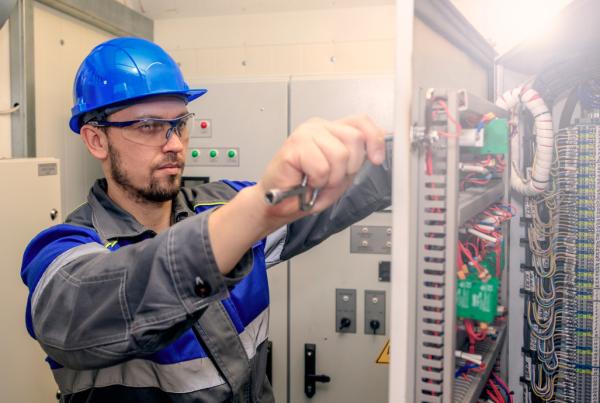With so many recent technological advances, electrical contractors always need to stay informed and watch carefully how the change affects their clients. And sometimes, remarkable technological changes or advances only get highlighted only when seen through the lens of other markets.
A prime example of this is smart lights and their potential. While in the beginning, the technology was brushed off mainly as a luxury, it was only when the world started focusing on energy conservation and green energy that the technology truly got to enjoy the limelight.
While the concept of smart lighting may be a little confusing for some when performing electrical service or repair, with the right expertise, this technology can not only reduce the energy footprint of buildings (especially for large-scale projects such as large industrial buildings and skyscrapers) but smart lighting also presents a number of design and usage opportunities for clients.
Here is a quick overview of how smart lighting works and its potential for large-scale projects.
How Electrical Contractors Use Smart Lights for Large Scale Projects
What Are Smart Lights?
The word ‘smart’ indicates that these lights can be more than just regular bulbs. Instead, they can perform other actions as well, such as changing their intensity, color/hue, light design, patterns, and even their timing. Network-enabled light switches, plugs, lights holders, and other similar devices can be further used to enhance the “smartness” of lighting fixtures.
In many cases, smart lights can also be used as security and safety features or be powered by AI and ML algorithms to enhance their potential further. However, this can become complex and may delve into the IoT (internet of things) realm.
Smart Lighting & Network Connections
The type of smart lights used can dictate the functionality of the connection and, ultimately, how it is controlled. For example, some smart lights may have a dedicated network that you can connect to, while others may simply connect to an existing network.
Similarly, some lights use Bluetooth to connect with a device, while others may have infrared sensors or even Wi-Fi. While the lights may be independent and may use a range of sensors to work autonomously, the lights can also turn into ‘slaves’ when connected with another device.
Voice Controlled Smart Lights
There are motion-controlled smart lights, those that change their intensity based on the external light intensity, and then there are smart lights that are voice-controlled. While the lights themselves aren’t always voice-controlled, they can be connected to an external device that controls the lighting system as a whole.
Small scale examples include Google Home, Amazon Echo, Alexa, and more.
The biggest benefit that smart lighting systems offer, apart from their ability to save and conserve energy, is that they present a range of lighting options. From creating customer-specific designs to changing the overall lighting structure, there are endless design possibilities that electrical contractors can help consumers unlock.
If you’d like to learn more about the potential that smart lighting can help you unlock, give Skyline Electric a call. Let us help you make the most out of each electrical service and repair and help you meet the specific needs of your business!




